

— Blogs —
—Products—
 Consumer hotline +8618073152920
Consumer hotline +8618073152920 WhatsApp:+8615367865107
Address:Room 102, District D, Houhu Industrial Park, Yuelu District, Changsha City, Hunan Province, China
Product knowledge
Time:2025-11-22 15:34:23 Popularity:123
In modern society, the demand for meteorological data has evolved beyond simply “knowing the weather” — it now requires real-time, accurate, continuous, visualized, and shareable data.
The NiuBoL outdoor automatic weather monitoring system was developed precisely to meet these needs. By integrating high-precision meteorological sensors, intelligent data acquisition terminals, and a powerful cloud platform, it achieves fully unattended, all-weather meteorological monitoring. It is widely applied in agricultural planting, scientific research, environmental protection, campus education, urban management, industrial parks, and many other scenarios.
This is a stable, continuously operating automated meteorological solution. Its advantages are mainly reflected in the following areas:
The system integrates multiple critical sensors to measure core environmental meteorological elements, including:
- Air temperature & humidity sensors – Track temperature and humidity changes; essential data for agriculture, habitats, and buildings.
- Wind speed & direction sensors – Key indicators for wind resource assessment, pest early warning, aviation/marine safety, and outdoor risk management.
- Atmospheric pressure sensor – Used for climate trend analysis and short-term weather forecasting.
- Rainfall sensor – Critical for water resource management, flood warning, and irrigation decisions.
- Solar radiation & light intensity sensors – Evaluate illumination conditions, crop growth environments, and solar energy applications.
- Noise, PM2.5, and PM10 sensors – Essential for urban management, environmental authorities, and campus air-quality assessment.
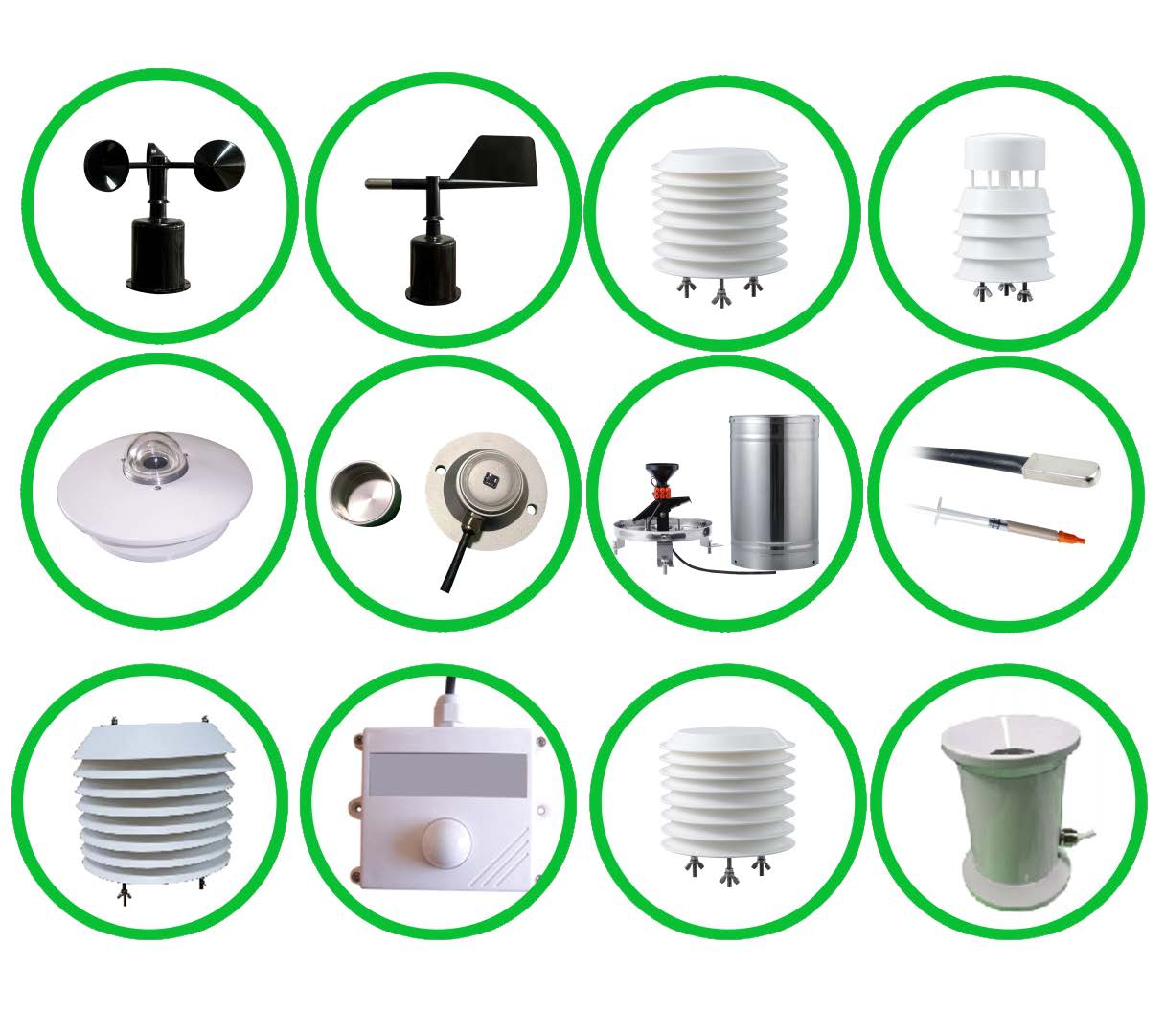
- Wind Speed Sensor – Measures airflow velocity; vital for wind energy assessment, pest transmission prediction, and outdoor safety.
- Wind Direction Sensor – Monitors wind direction changes; combined with wind speed for weather trend analysis and risk warning.
- Temperature & Humidity Sensor – Tracks air temperature and moisture levels; core indicators for crop growth models and environmental comfort evaluation.
- Noise Sensor – Assesses regional noise levels; suitable for urban management, campuses, and industrial zones.
- PM2.5 / PM10 Sensor – Monitors particulate matter concentration; directly linked to air quality and used for environmental risk alerts and governance.
- Atmospheric Pressure Sensor – Reflects atmospheric changes; assists in short-term weather prediction.
- Light Intensity Sensor – Measures illumination; used in agriculture, plant factories, and solar panel efficiency evaluation.
- Solar Radiation Sensor – Studies radiation intensity and photosynthetic conditions; indispensable for agricultural research.
- Rainfall Sensor – Tipping-bucket design records precipitation; provides critical data for water conservancy, agriculture, urban drainage, and flood prevention.
All sensors are outdoor-grade and weather-resistant, ensuring stable operation even in heavy rain, extreme heat, strong sunlight, or freezing conditions.
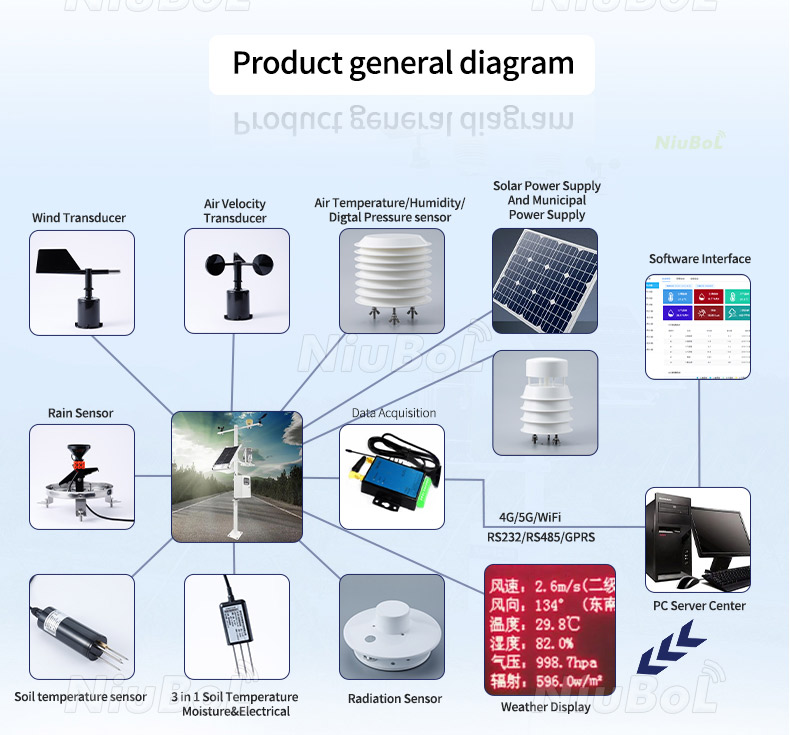
- Real-time collection of sensor data
- Automatic calibration and validation
- Local data caching
- Transmission to cloud via 4G/5G/LoRa/RS485
- Supports API, MODBUS, HTTP, and other protocols
This makes data shareable, traceable, and analyzable.
All data is automatically uploaded to the cloud, enabling:
- Real-time and historical trend curves
- Alarm push notifications
- Data export
- Simultaneous viewing via mobile APP and PC
- Seamless integration with third-party systems
This transforms raw meteorological data into truly valuable insights.
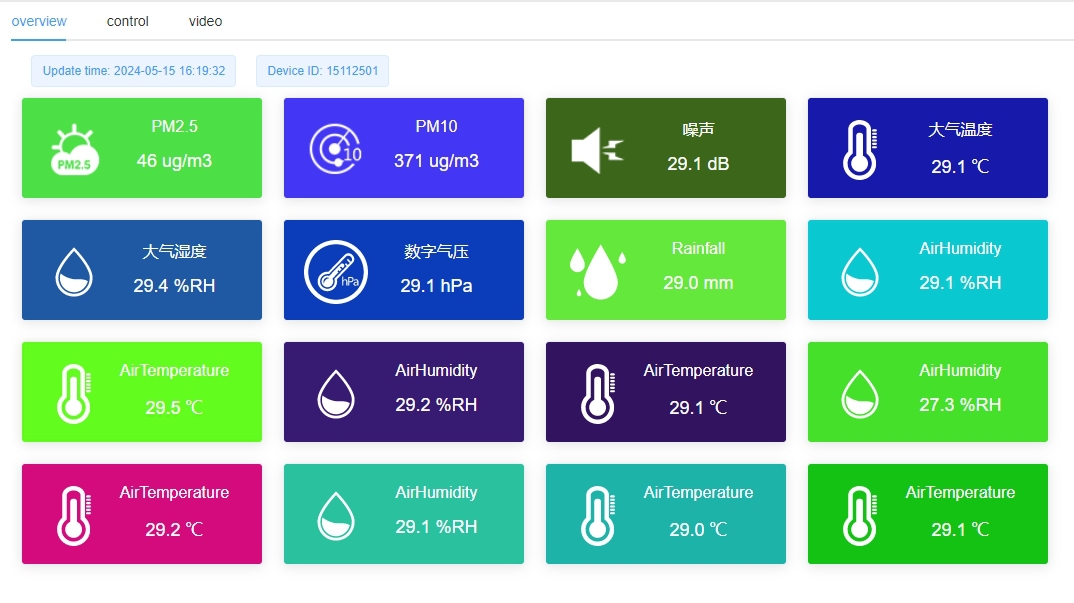
Compared to large-scale national weather stations, the strength of compact weather stations lies not in sheer quantity but in accuracy, speed, and flexibility. They can be rapidly deployed in fields, universities, scenic areas, experimental zones, military bases, parks, factories — anywhere local data is needed.
The core mission of a compact weather station is to:
- Deploy quickly in specific areas
- Achieve continuous observation at low cost
- Deliver high-frequency, high-density local meteorological data
In agriculture, it lets farmers “know the exact weather in their fields.”
On campuses, it allows students to “see meteorology in action.”
In research, it provides reliable data chains for experiments.
In parks and tourist areas, it supports management and safety warnings.
The true value extends beyond the equipment itself:
- Enables more organizations to participate in monitoring
- Fills coverage gaps left by national weather stations
- Supplies diverse data sources for big-data meteorological models
- Promotes refined decision-making in agriculture, water resources, environmental protection, and other sectors
As deployment numbers grow, a denser, more real-time meteorological monitoring network is taking shape.
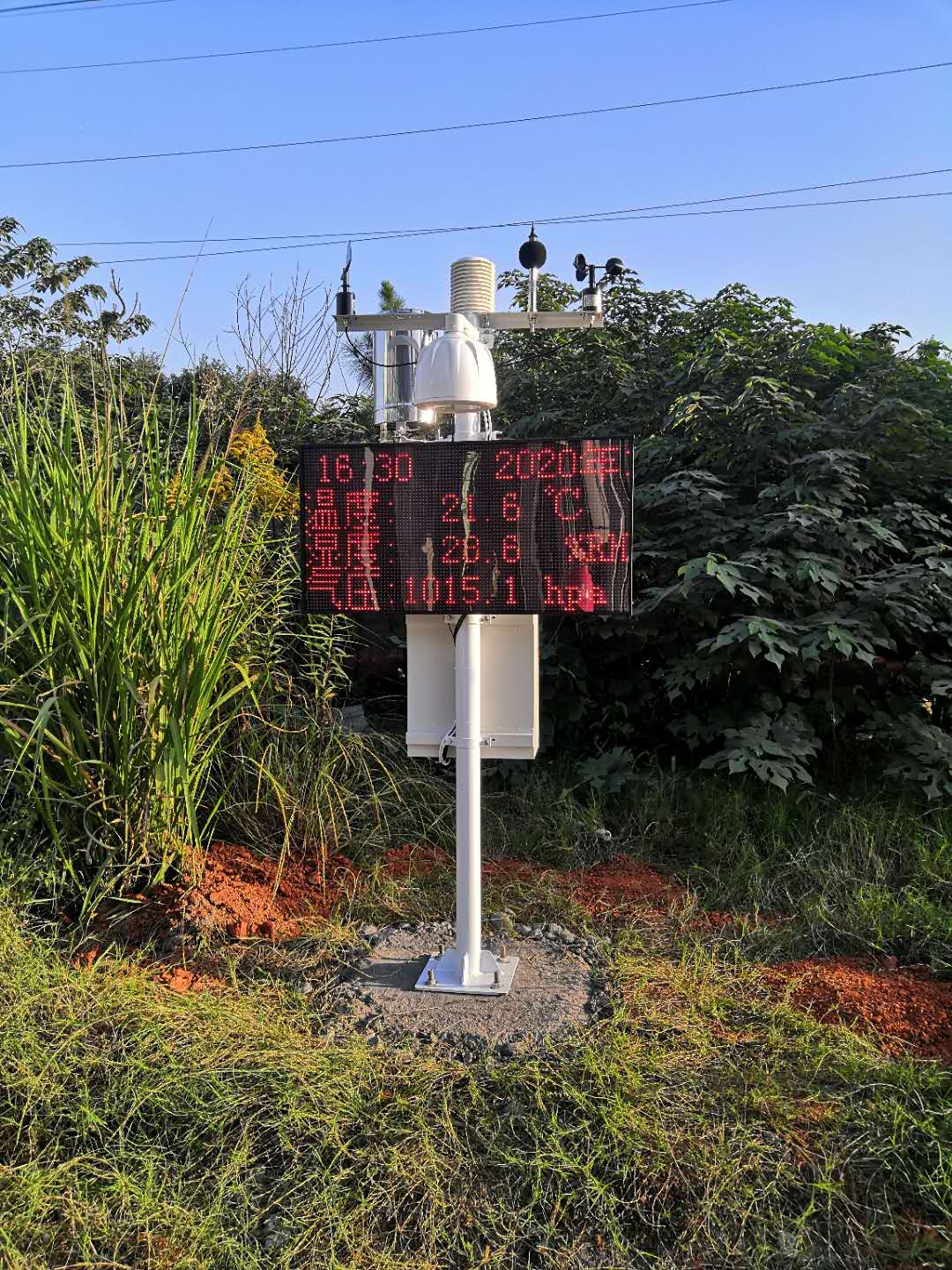
Multiple sensors automatically collect, store, and transmit data — truly unattended operation.
Wireless 4G/5G/LoRa uploads enable cloud synchronization, alarm pushes, and cross-regional remote access — eliminating manual collection.
Data correction, drift compensation, and filtering algorithms ensure more reliable results.
Waterproof, lightning-proof, and anti-corrosion construction allows long-term stable operation even in harsh environments.

- Microclimate monitoring
- Water-saving irrigation decisions
- Pest and disease early warning
- Input data for crop growth models
- School-based courses
- Meteorological experiment teaching
- Large-screen data display
- Climate education projects
- Microclimate studies
- Ecological environment monitoring
- Long-term continuous data acquisition
- Air quality management
- Noise regulation
- Meteorological emergency warnings
- Highway weather monitoring
- Wind farm site assessment
- Industrial park environmental safety
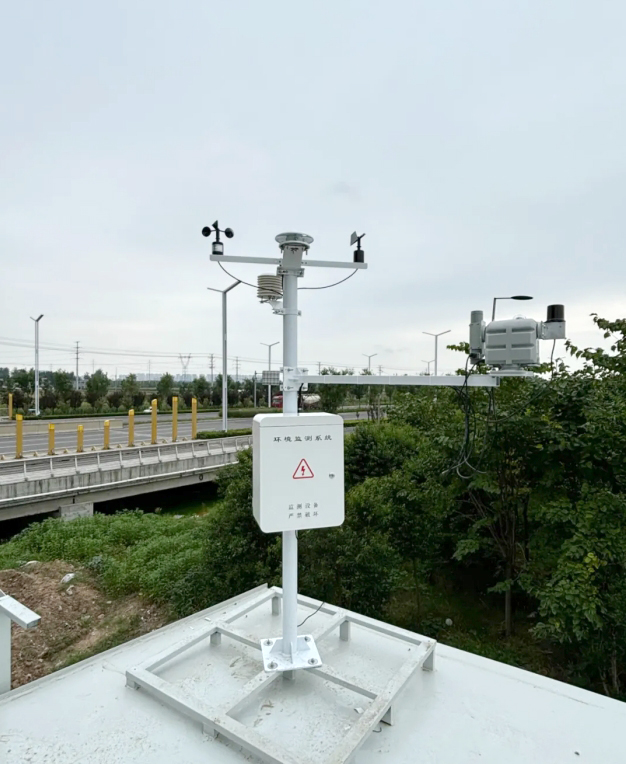
Automatic stations provide real-time, continuous, remote-transmitted data with no human error — far superior in efficiency and reliability.
Yes. All sensors and hosts are outdoor-rated with waterproof, dustproof, lightning-proof, and anti-corrosion protection, ensuring stable performance in heavy rain, high heat, freezing, or strong winds.
Agricultural fields, research experiments, university campuses, parks, tourist areas, industrial parks, military bases, construction sites — extremely wide applicability.
Yes. NiuBoL supports API, MODBUS, HTTP, and other protocols for easy connection to government platforms, school systems, private clouds, or industrial software.
Installation is simple: fix the bracket, connect sensors, and power on. NiuBoL provides complete guides and remote assistance — no complex construction required.
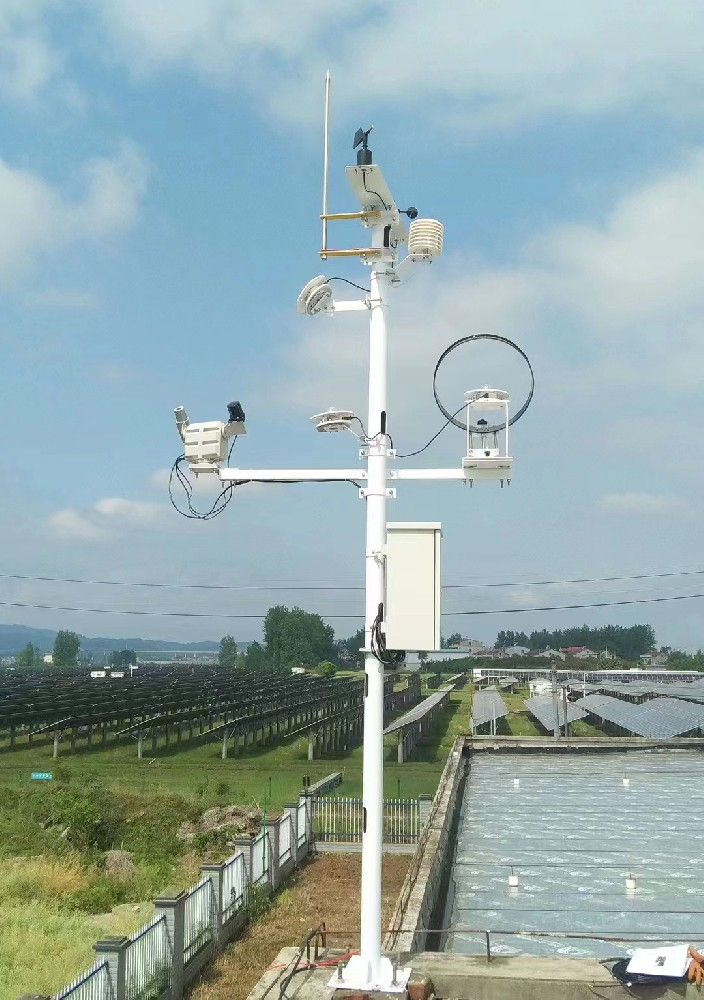
No. The host has built-in storage and automatically backfills data once the network recovers.
Routine checks every 3–6 months (sensor cleaning, tightening parts, checking power). Shorten intervals in harsh environments.
Yes. The NiuBoL cloud platform supports real-time viewing, historical curves, and alerts via mobile APP and web browser — perfect for remote management.
Solar power, mains electricity, or hybrid — ensuring reliable operation in any environment.
No. Its special design only needs occasional removal of leaves or debris — maintenance is very simple.
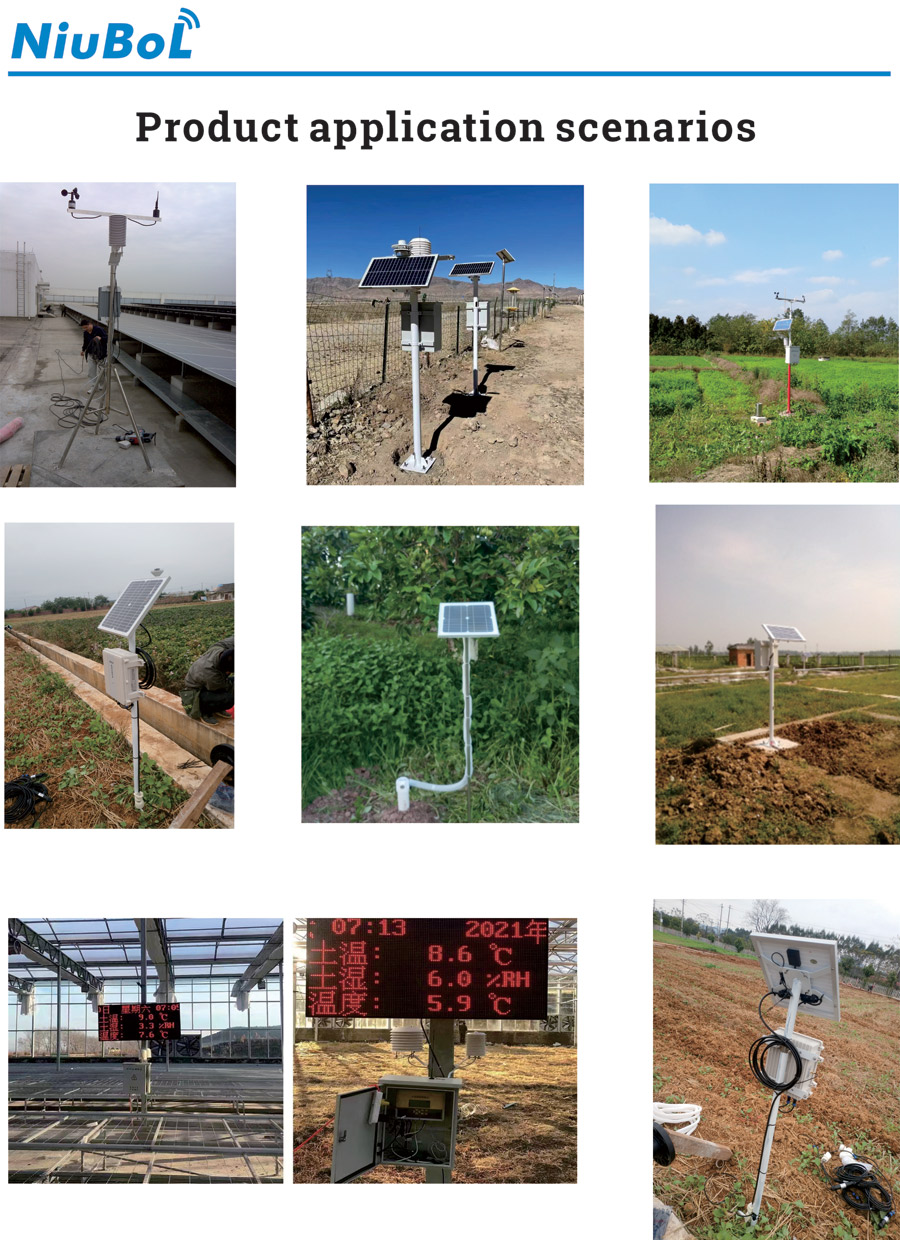
The NiuBoL outdoor automatic weather monitoring system and compact weather station rely on high-precision sensors, intelligent acquisition units, and a powerful cloud platform to create a reliable, intelligent, and expandable meteorological data ecosystem.
They not only deliver accurate data support for agriculture, scientific research, campuses, and urban management, but also dramatically improve monitoring efficiency and reduce labor costs through automation, visualization, and remote management.
As industries increasingly depend on meteorological data, NiuBoL weather monitoring systems will continue to play a pivotal role, providing decision-makers, researchers, and managers with stable, trustworthy, real-time meteorological intelligence — driving smarter production, friendlier environments, and more efficient management.
Prev:NiuBoL Compact Weather Station: High-Precision, Portable, Multi-Functional Meteorological Monitoring
Next:Ultrasonic Compact Weather Station: High Precision, Portability & Intelligence
Related recommendations
Sensors & Weather Stations Catalog
Agriculture Sensors and Weather Stations Catalog-NiuBoL.pdf
Weather Stations Catalog-NiuBoL.pdf
Related products
 Combined air temperature and relative humidity sensor
Combined air temperature and relative humidity sensor Soil Moisture Temperature sensor for irrigation
Soil Moisture Temperature sensor for irrigation Soil pH sensor RS485 soil Testing instrument soil ph meter for agriculture
Soil pH sensor RS485 soil Testing instrument soil ph meter for agriculture Wind Speed sensor Output Modbus/RS485/Analog/0-5V/4-20mA
Wind Speed sensor Output Modbus/RS485/Analog/0-5V/4-20mA Tipping bucket rain gauge for weather monitoring auto rainfall sensor RS485/Outdoor/stainless steel
Tipping bucket rain gauge for weather monitoring auto rainfall sensor RS485/Outdoor/stainless steel Pyranometer Solar Radiation Sensor 4-20mA/RS485
Pyranometer Solar Radiation Sensor 4-20mA/RS485
Screenshot, WhatsApp to identify the QR code
WhatsApp number:+8615367865107
(Click on WhatsApp to copy and add friends)
